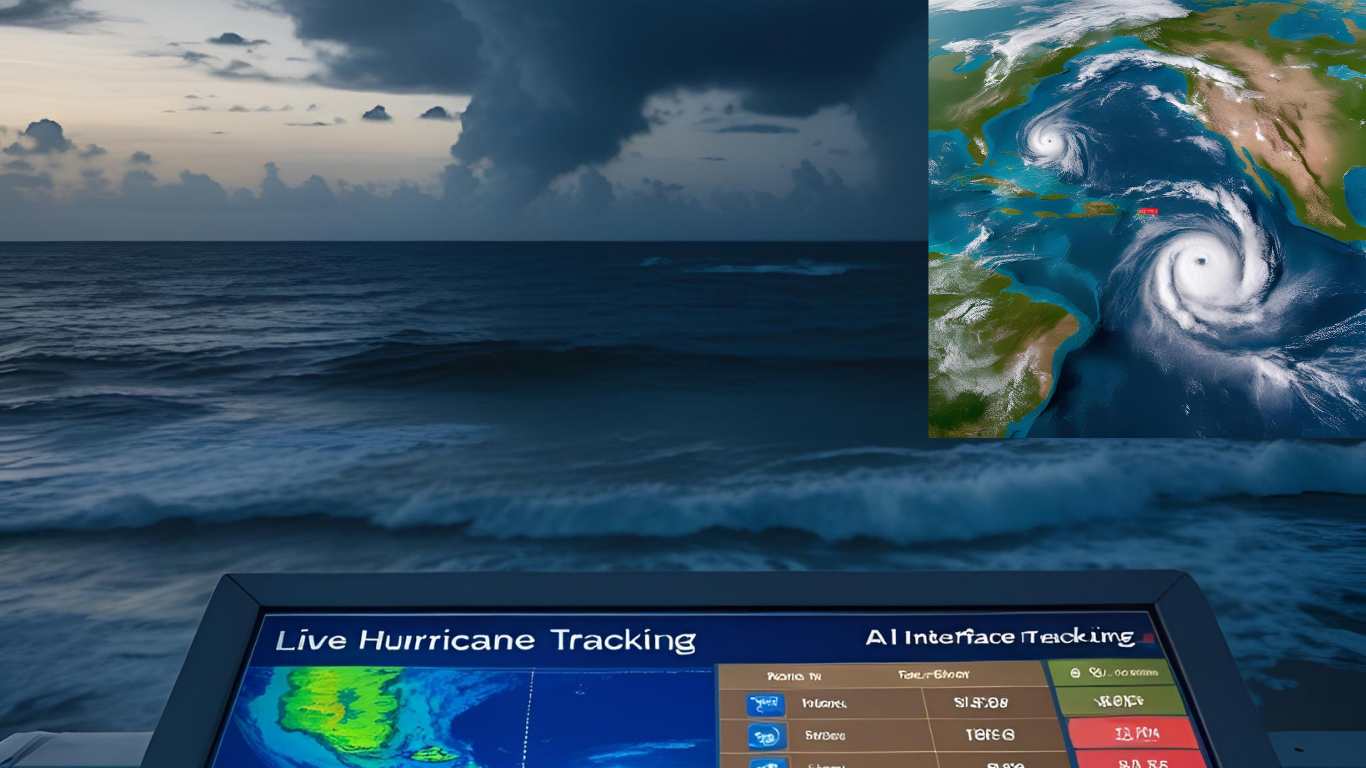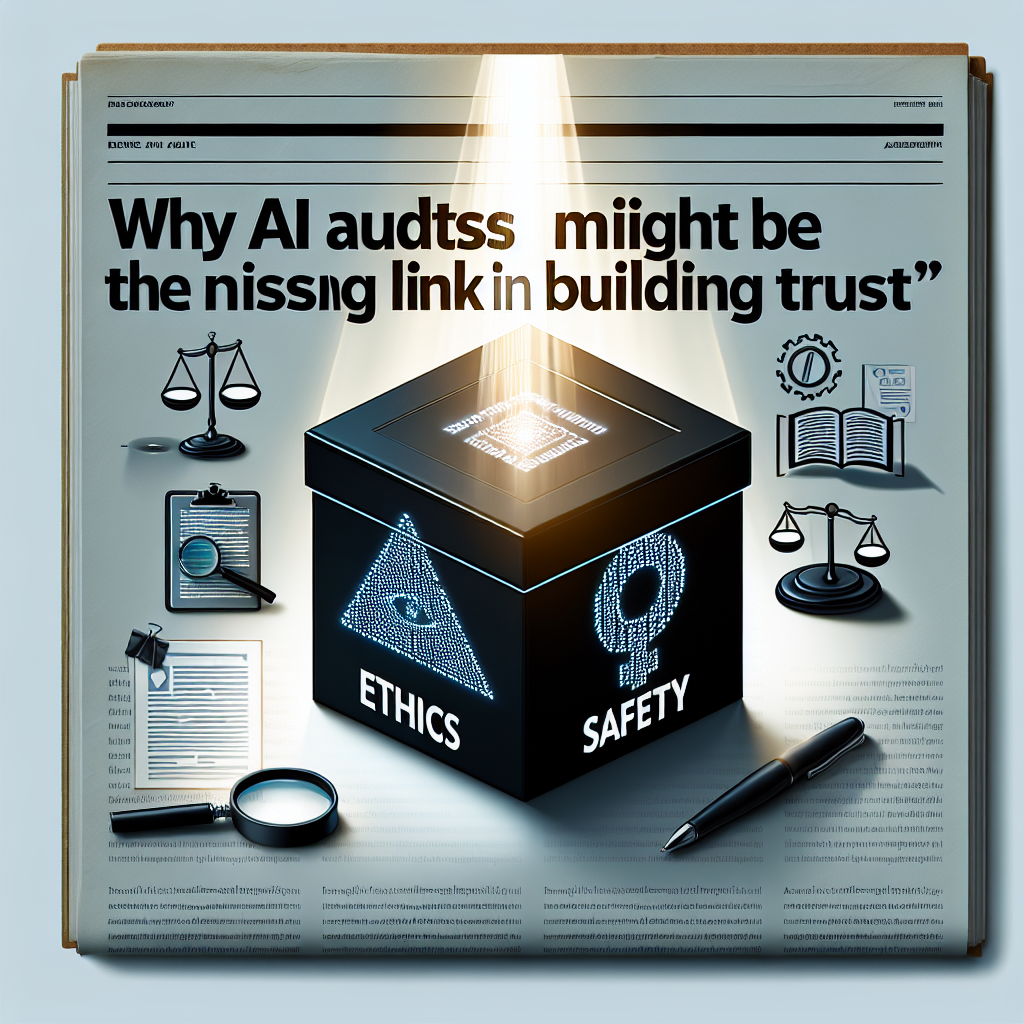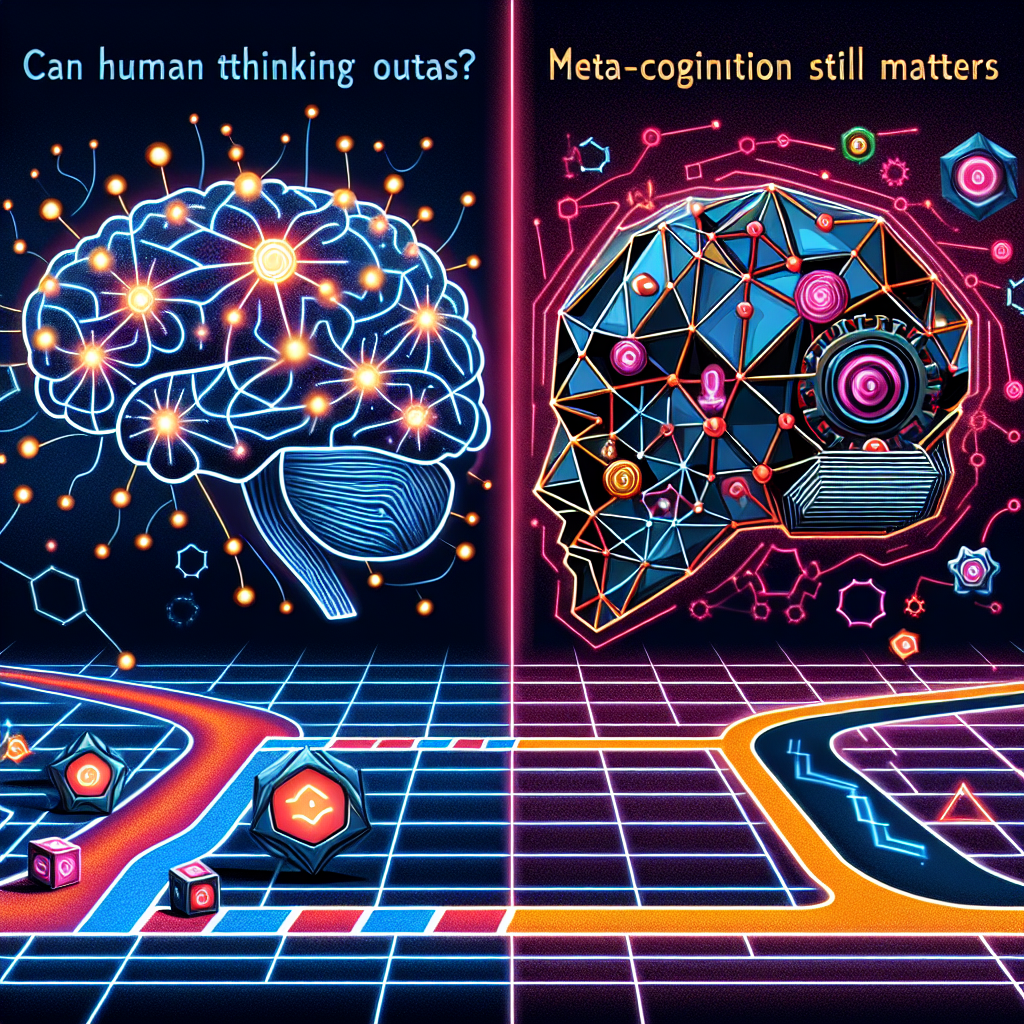Google’s AI Hurricane Model: A Forecasting Breakthrough or Hype?
Hurricane forecasts have long relied on physics-based systems that weigh atmospheric data, ocean currents, and historical storm behavior. But when Google DeepMind and Research teams lawfully dropped an AI-assisted model via their Weather Lab portal, they didn’t just launch a research toy—they presented a forecasting tool with immediate impact. A reduction of 87 miles in storm track error doesn’t sound radical. But in practice, that margin can redefine evacuation radii, protect property, and save lives.
Why This Matters Now
As hurricanes grow stronger and behave more unpredictably with warming seas, precision isn’t optional—it’s critical. Traditional models are reliable, but the levels of detail required to make timely, safe evacuation calls have been out of reach—until now. Google’s system can run 50 simulated tracks over 15 days, creating a probabilistic storm “cloud” far richer than static forecasts. Early tests from 2023–2024 show consistent edge over ECMWF’s baseline—and that’s before real-world validation.
Complement, Not Replace
Google stresses its model is research-grade. They’re partnering with the U.S. National Hurricane Center to vet the tool, which is smart: no single model should be trusted blindly. Instead, AI enhancement acts as a force multiplier—overlaying human expertise with data-scale pattern recognition.
The Mechanics Behind the Magic
Trained on era5 reanalysis datasets, the model learns from decades of historical weather. It blends physics-informed architecture with AI’s strength in pattern search—running scenarios that human-built systems never consider. Integrating this data means emergency planners don’t just get a “likely path” —they see a spectrum of possibilities.
What’s Next?
Adoption hurdles remain. Public services must evaluate AI forecasts in real time and build trust. Weather centers rely on regulatory certainties—AI must prove it won’t introduce confusion. Google’s strategy: iterate, partner, and demonstrate reliability before rolling this out to the public.
Still, the messaging is clear: we can do better, and AI helps. For coastal communities, shrinking forecast error by even a few dozen miles can mean evacuating 10,000 fewer families—or maybe 100,000 fewer. That’s real impact.
Shaping the Future of Forecasting
Better hurricane tracking isn’t the exception—it might be the rule. Once AI-assisted forecasting proves effective here, the model transfers to wildfire smoke, flash floods, even heatwave prediction. Each crisis demands understanding uncertainty—something AI excels at.
Final Thought
For too long, weather warnings have been educated guesses. With Google’s new AI hurricane model, we’re seeing the first fruit of a data-driven era in meteorology. Not with flashy displays or sci-fi demos—but with precision that, quite literally, has the potential to save lives. The future of forecasting isn’t weather maps—it’s clarity.
Read more Below:
Google’s AI Weather Model Shrinks Storm Track Error 87 miles
Google DeepMind and Google Research launched an AI-driven hurricane forecasting model via Weather Lab. It simulates 50 scenarios up to 15 days ahead and reduces storm track errors by an average of 87 miles compared to European models, based on results from 2023–2024. The National Hurricane Center is evaluating it to boost forecast accuracy. Google positions this tool as research — not yet public-ready — stressing that physics-based models and real-world data remain essential. Ongoing global partnerships aim to refine AI forecasting before wider adoption. en.wikipedia.org+2theverge.com+2techradar.com+2



